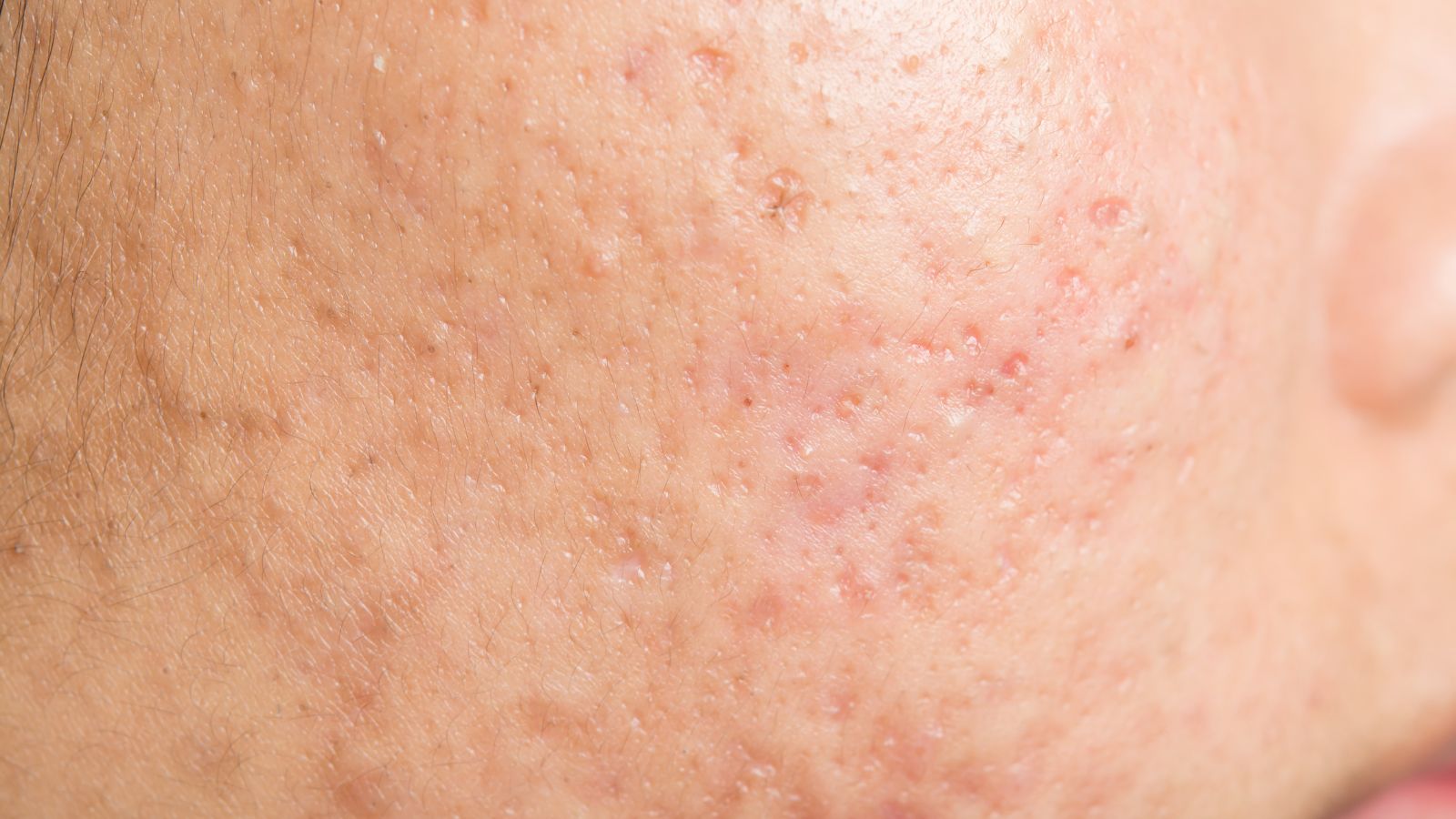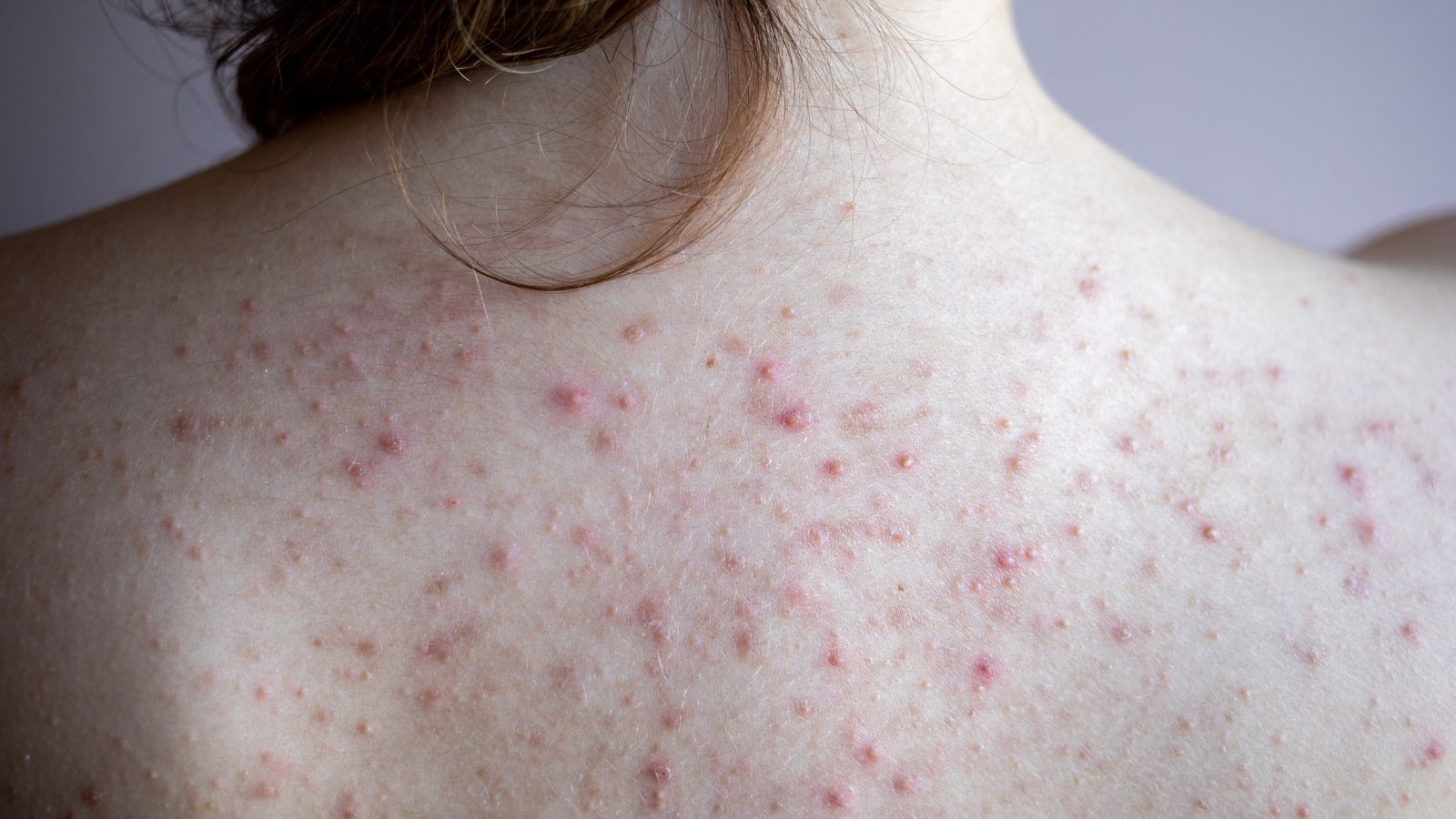Battling with those persistent, tiny bumps that won’t budge no matter what you try? It’s possible you’re dealing with a lesser-known adversary: fungal acne. Unlike traditional acne caused by bacteria, this pesky skin condition is a result of an overgrowth of yeast, and it calls for a different battle plan.
In this article, you’ll discover the ins and outs of treating fungal acne effectively. From understanding its unique characteristics to exploring an array of treatments that target the root cause, we’ll guide you through the journey of reclaiming clear, healthy skin.
 Treatment for Fungal Acne
Treatment for Fungal Acne
Entering the realm of fungal acne necessitates a solid grasp of the condition. In this section, we uncover the root causes, symptoms, and diagnosis of fungal acne.
The Causes of Fungal Acne
Fungal acne stems from an overactive fungus, scientifically referred to as Malassezia. This yeast is part of the normal skin flora, existing harmlessly on most individuals’ skin. Issues arise when an imbalance on the skin’s surface incites the yeast to multiply excessively. Factors contributing to this imbalance can include a warm, humid environment, imbalanced skin pH, or a diet high in sugar and dairy products. Use of oily skin products or wearing of tight, non-breathable clothing, could also furnish an ideal condition for yeast overgrowth.
Symptoms and Diagnosis of Fungal Acne
For detecting fungal acne, look out for telltale signs: clusters of small, itchy, uniform red bumps primarily on the chest, back, and forehead. Unlike bacterial acne, these bumps persist even after traditional acne treatments. Diagnosis typically involves examination of the skin’s condition. However, a definitive diagnosis typically calls for a skin scraping examination under a microscope. This helps physicians confirm Malassezia yeast overgrowth as the root cause. Identification of fungal acne is critical because despite its similarity to traditional acne, it demands a distinct treatment approach.
 Treatment Options for Fungal Acne
Treatment Options for Fungal Acne
Tackling fungal acne necessitates a tailored approach distinct from conventional acne treatments. Utilize a triage method such as over-the-counter treatments, prescribed medications, and natural remedies, taking into account individual skin types and conditions.
Over-the-Counter Treatments
Over-the-counter treatments present one avenue to alleviate fungal acne. Opt for shampoos containing anti-fungal ingredients like Ketoconazole and Selenium Sulfide. They can double up as effective face washes, targeting the root cause of the problem. Additionally, creams containing Clotrimazole or Miconazole can assist in managing symptoms.
Prescription Medications
In persistent cases of fungal acne, a healthcare provider may recommend prescription medications. Patients typically receive anti-fungal pills such as Fluconazole or Itraconazole, drugs that garner praise for their ability to eradicate yeast from the skin. It’s pivotal to remember, a healthcare provider’s approval is a must before commencing any medication regime.
 Prevention of Fungal Acne
Prevention of Fungal Acne
Preventing fungal acne centers around adopting the right skincare routine and making specific lifestyle changes. These optimized habits help curtail Malassezia overgrowth, limiting the potential for the formation of fungal acne.
Skincare Routine for Preventing Fungal Acne
Maintaining an optimized skincare routine can inhibit fungal acne growth. Cleansing the skin twice daily with a gentle, pH-balanced cleanser prevents the accumulation of oil and dirt, an environment ripe for the yeast. Notably, it’s crucial to select non-comedogenic and oil-free skincare products – moisturizers, sunscreens, and makeup – as these won’t clog pores or provide a breeding ground for Malassezia.
Exfoliation forms a part of preventing fungal acne as well. Incorporate a BHA (Beta Hydroxy Acid) exfoliant in the skincare routine about 2-3 times a week, for instance. Salicylic acid, a type of BHA, penetrates oily skin and pores, removing dead skin that could block pores, providing an anti-fungal effect.
Lastly, regular application of anti-fungal products approved by dermatologists can deter the yeast overgrowth responsible for the condition. Certain topical treatments like Ketoconazole or Ciclopirox creams stand out as they are known to possess anti-fungal efficacy.